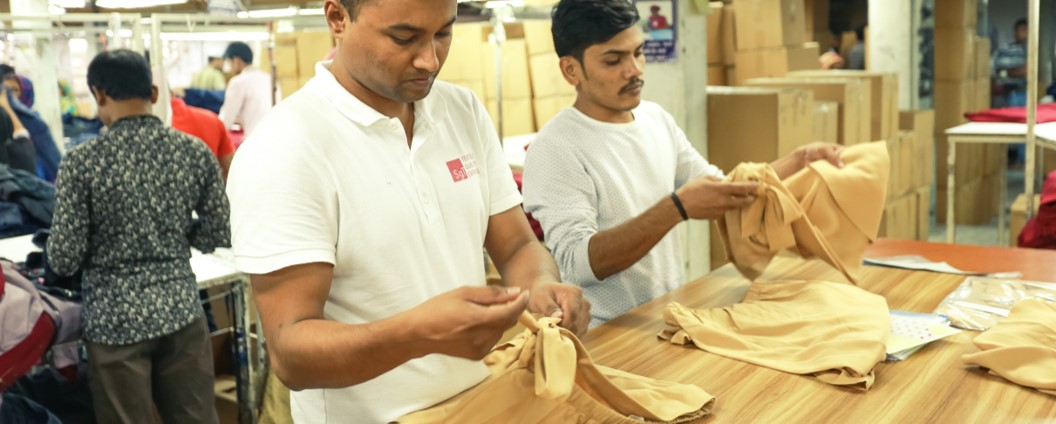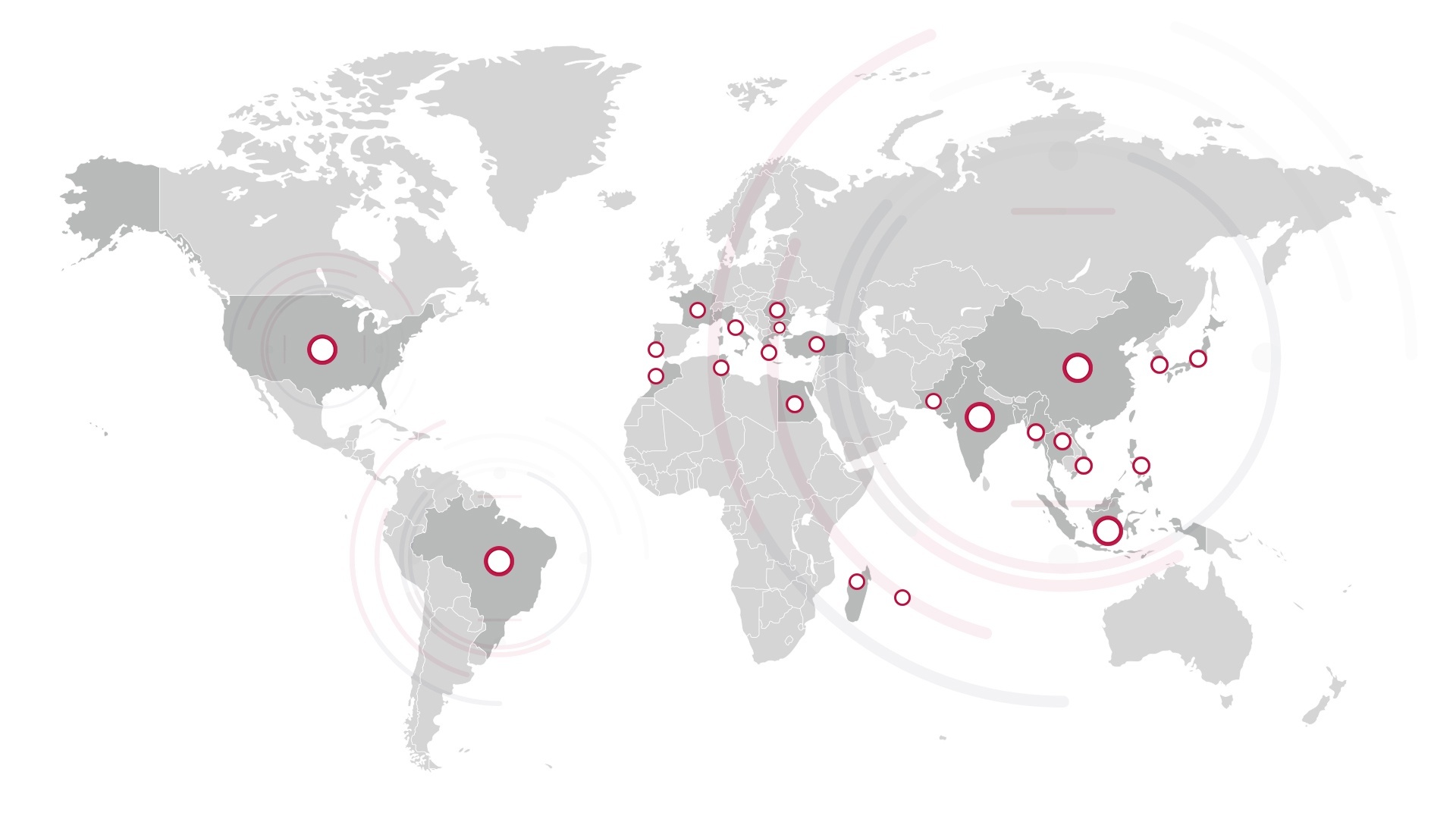While final inspections still represent a major part of many textile brands’, retailers’ and manufacturers’ quality budget, they are not always the best option for preventing quality issues.
This article presents the various available controls once production has started, and the best option to adopt depending on the situation.
Final Inspections: A Reactive Approach to Quality
A final inspection is an assessment of finished production when it is 100% complete and at least 80% packed. It is the last opportunity to ensure that the goods that leave the factory are compliant with your quality expectations and the destination markets’ requirements.
It can occur before or after garments are packed in poly bags and cartons. Technicians will apply the MIL-STD-105E / ISO 2859 methodology or any specific methodology, as agreed with customers.
The main checks performed during a final inspection are:
- Conformity
- Quality
- Assembly, construction
- Workmanship
- Labeling, packing, packaging
- Measurement, fitting, functionality, children safety
A final inspection is the only inspection that will allow you to ensure that packaging requirements (both materials and methods) are fulfilled. It’s also essential in assessing information on the product’s quality through sampling with a high level of confidence in the results.
Unfortunately, a final inspection often identifies issues too late. Therefore, poor quality goods may end up:
- Being sold to the local market by the factory, risking damage to the product’s brand image
- Being distributed to discounters in markets where they are not usually sold
- Being discarded because there is not enough time to reproduce the entire shipment (although this is rare).
Earlier Controls to Correct Issues Before It Is Too Late
Our recommendation: prevention is always better than cure. Indeed, assessing the quality of your goods as early in the production phase as possible is your best option because:
- Quality issues are often re-workable during the production phase and can be fixed before the final product is complete without causing any delay
- Minor issues at the beginning of production can lead to larger issues in the later stages if not identified and corrected on time
- Some goods might require sensitive processes which, if not controlled in time, might not be undertaken properly
There are two main types of ‘preventive’ quality inspections during production which assess quality at different stages:
Top of Production (TOP) Inspection: it is usually conducted when 3-5% of the goods are ready and provides assistance to the manufacturer in initializing the production process for specific samples as well as ensuring conformity of all materials put into production.
Inline Inspection: it is usually conducted when 15 – 20% of the goods are ready and gives recommendations to the factory for improvement on the running production (machine setting, motions, method, etc.) and on the finished goods (repair).
Both inspections follow the same scope where a technician selects a minimum of five finished products from the end of the line across all the available sizes and colors and applies retrospective controls from the completely finished pieces to the semi-finished part or bundles. It allows review of the cutting stage, accessories/components and fabric handling while ensuring the conformity (style, trims, fabrics and color), measurements and quality (appearance, workmanship, construction).
In case a quality or conformity defect is discovered, technicians will identify the source and root cause to help them provide a corrective and preventive action plan to the line manager and provide improvements within the process.
These inspections during production will save time and money and improve efficiency by:
- Ensuring that customer requirements have been taken into consideration
- Focusing on every step: cutting, sewing, printing & embroidery, sewing and finishing
- Ensuring quality and avoiding rejection on final inspection
- Securing future production and bringing a level of awareness to the factory
Finally, opting for a TOP or an inline inspection is dependent on both the product type and the factory experience. We recommend conducting a TOP inspection for items that require complex assembly and construction or for items that present development issues. As for an inline inspection, this is recommended for complex items, large orders or orders that require particular attention in regard to quality and timing.
How SgT can help?
SgT provides inspections both during and after production to help you secure the quality, safety and conformity of apparel, footwear, accessories and bags. Each inspection is unique as the different stages of control and the production status before control can be adjusted to match the product specification and production-critical steps, as well as your expectations and quality manuals.
Going beyond a simple pass/fail approach, our technicians will help you understand the root causes of issues and assist you in tackling them right on time, preventing potential costly supply chain disruptions.
Contact our textile quality experts now to understand what types of inspection better suit your needs.



